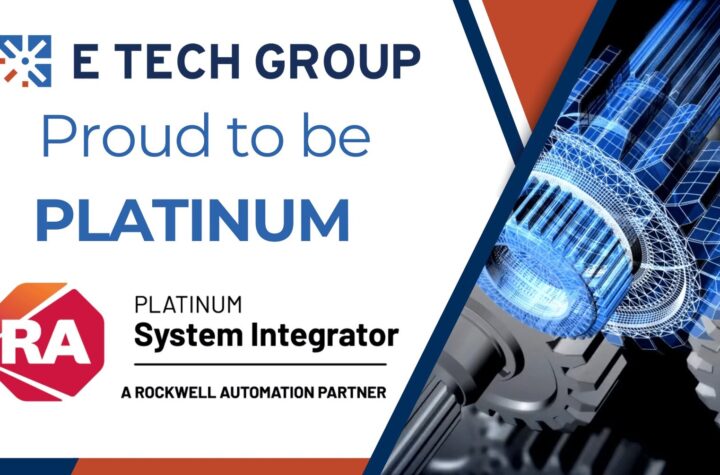
As technology companies break boundaries and governments push their green agendas, automotive manufacturers still struggle to absorb electric vehicles (EVs) into their future portfolios.
There are currently three standards of EVs backed by the industry: battery-electric (e.g. Nissan Leaf), hybrid-electric (e.g. Toyota Prius), and range extenders (e.g. GM’s Volt). Despite using different technologies, these EVs all share a markedly higher price tag than petrol or diesel engine cars, an aspect that manufacturers struggle to justify to potential buyers.
At first glance, consumers notice the obvious benefits such as lower running costs and environmental friendliness. However, this doesn’t mitigate the price premiums that these vehicles carry. In addition, many consumers’ lack of trust in the technology must be allayed through greater transparency by vehicle makers. Generations have grown up with gasoline and diesel cars and a strong sense of reliability has been embedded in the public psyche. Anything different is often viewed with suspicion.
Manufacturers therefore need to strengthen their marketing campaigns to communicate the benefits of EV vehicles, such as comparable or lower maintenance costs, reliability and robust aftercare/warranties.
Sales of hybrids in the US dropped by approximately 7.5% in 2010 in the wake of the global financial crisis. However, as fuel prices are poised to increase past the US$4.00 per gallon mark in 2011, the behavior of new vehicle buyers may create an upswing in demand for the latest crop of EVs. This consumer behavior was last seen in 2007/08 when SUV sales decreased and EV sales accelerated.
The increase in EV sales is expected to be more sustainable in 2011 thanks to a number of key differences in today’s market. Firstly, the number of manufacturers now proactively developing or selling electric vehicles is larger than ever before. Toyota, Honda, Chevrolet and Nissan can be considered as the vanguard of mainstream manufacturers with high-profile products on sale, while 2011 will witness many more joining the party, such as Mitsubishi, Smart, Peugeot, Citroen, Renault, Tata and Ford. With a larger collective market presence comes the ability to catch the attention of the notoriously fickle consumer.
Government backing will also be key in 2011 as more and more countries offer financial incentives to entice motorists into showrooms. For example, the UK is offering a tax rebate of up to £5,000 off the cost of a plug-in hybrid from January 2011. Similar schemes are being introduced across Europe, the Asia-Pacific and the US.
Innovative selling techniques are also being employed. The retail price of Renault’s 2011Fluence EV will be 20,000 Euros after incentives. This price does not include the battery which is rather rented to the customer, reducing the showroom price to a diesel equivalent.
Despite these positive developments, it does not yet indicate the arrival of the age of the electric vehicle. Range anxiety is still a key concern for motorists, as well as the cost of replacement traction batteries outside of warranty. Manufacturers are improving ranges with technology, and manufacturers believe that economy of scale will reduce the cost of batteries in the long-term. However, the latter issue will only be effective on the proviso that battery technology and material prices remain relatively constant, allowing for economies of scale to be maximized. This seems unlikely given that companies such as Robert Bosch have stated that competitive battery technology with energy density comparable to the likes of gas or diesel will not be available for at least the next 10 years. Furthermore, advances made in conventional-fuel technology are combating those made in battery technology, (e.g. VW’s ‘bluemotion’ range and Fiat’s 500 ‘twinair’) which are eligible for incentives and tax breaks, such as the congestion charge exemption in the London.
Heading into 2011, many questions remain over charging points as industry argues over who will own and be responsible for these stations. A number of candidates have been shortlisted, including independent networks and equipment makers. However, the final assessment may come down to both timing and investment capital, which the University of California believes could reach $320billion over the next couple of decades. Moreover, recharging is still a lengthy process, taking hours rather than minutes to refill a depleted battery.
Datamonitor forecasts that the global hybrid and EV car parc will reach 5.8 million by 2015. This represents 0.6% of the global car parc, and a meager increase of 0.1% from 0.5% today, as the continued increase in both diesel and petrol cars will offset any EV share increase. That said, petrol-free driving will become a more engaging alternative and 2011 could represent the end of the beginning of the EV’s fight for acceptance. Costs have to fall, charging time reduced, the visibility of EVs on the road increased, and this won’t happen overnight. So despite increasing oil prices, tax incentives and an upswing in growth (in Europe hybrid and EV parc is expected to grow at 28% pa over the next five years) a mass exodus from the internal combustion engine is not likely just yet.













More Stories
Huntsman Polyurethanes introduces a new range of polyurethane-based products developed for battery enclosures, battery cell potting and underfloor protection
Lakshmi Prasad Bhatta on the quest for zero road deaths
NXP accelerates the development of software defined vehicles with new family of Ethernet switches